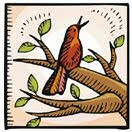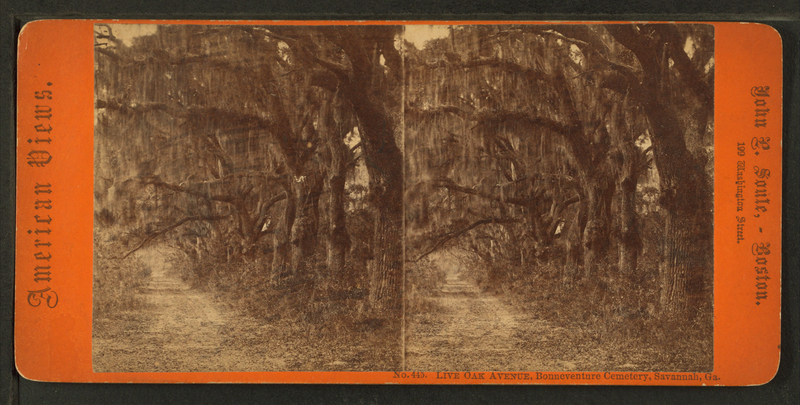Virtues of an under-appreciated tree family
As "yard trees", willows doesn't get much respect from me. They tend to have:
(1) brittle branches that break easily in high winds or icy conditions,
(2) water-seeking roots that will clog sewer lines, and
(3) short lives.
I'm generalizing about the 75+ species of North American willows here, but those attributes should make any sensible homeowner wonder about
the wisdom of planting a willow near his house!
 |
Black Willow, Salix nigra. Morton Arboretum
Wikimedia image by Bruce Marlin
|
 |
Salix nigra catkins
Wikimedia image by SB Johnny. |
Nonetheless, willows (
Salix spp.) have their good side, especially when kept where God intended them to grow. Many of our North America willows occur naturally in wetlands and on stream margins. There, a dense mat of willow roots is a good thing. It can reduce erosion and help control floods.
Willows are often a pioneer species -- the first woody plant to take root and grow in a formerly barren area. They are useful in land reclamation projects, such as land that has been strip mined, old industrial sites, etc. (Willows can be invasive, however, so get advice from your local university extension office before mass-planting them.)
Wherever willows grow, they provide habitat and food to wildlife. They have helped to feed and shelter people too! Historically, young, tender willow buds, twigs, and leaves were a food of some of the indigenous people of Canada and Alaska. And willow, though a soft, weak wood, has served many building purposes when better wood was unavailable. Basket weavers have used the long, supple, young twigs of willow for centuries. Bent-wood furniture making, another time-honored craft, also uses willow branches.
Willow bark contains salicin, a mild analgesic. It is an ancient remedy, a
forefather to aspirin as we know it today. Hippocrates wrote about willow bark tea several centuries before the birth of Christ. Many of the Indian tribes of our continent
used bark, leaves, roots, and sap from native willows as medicinal remedies. The European settlers were also familiar with the benefits of willow teas and powders.
Nowadays, most of us buy manufactured pain pills, but willow-bark tea is still an effective, though slower-acting, pain reliever.
Many recipes for making it can be found online. If you decide to try it, you'll have to collect some willow bark. Remember not to girdle (cut a strip all the way around) the willow's trunk, or you'll kill it. And remember all the usual cautions about aspirin consumption.
Willows also contain high levels of a plant growth hormone called auxin. You can buy powdered auxin to stimulate the growth of roots on hard-to-propagate cuttings. Or, you can
make auxin-rich willow water by boiling small pieces of willow twigs. One method is to stand the cuttings in room-temperature willow water for 24 to 48 hours, and then plant them. Dampen the medium or soil with willow-water after planting, and follow up with more willow-water whenever dry.
With all that auxin flowing through their systems, willows are notable -- notorious! -- for fast growth. That makes them an excellent
source of biomass for energy production. Scientists are also looking at some of the
willow species for bio-engineering. Their fast growth and prodigious intake of water may make them good candidates for cleaning up certain industrial contaminants.
Willows are unique and useful plants (despite a few bad traits). They deserve our respect, affection, and appreciation!












 "The power to recognize trees at a glance without examining their leaves or flowers or fruit as they are seen, for example, from the car-window during a railroad journey, can only be acquired by studying them as they grow under all possible conditions over wide areas of territory. Such an attainment may not have much practical value, but once acquired it gives to the possessor a good deal of pleasure which is denied to less fortunate travelers."
"The power to recognize trees at a glance without examining their leaves or flowers or fruit as they are seen, for example, from the car-window during a railroad journey, can only be acquired by studying them as they grow under all possible conditions over wide areas of territory. Such an attainment may not have much practical value, but once acquired it gives to the possessor a good deal of pleasure which is denied to less fortunate travelers."